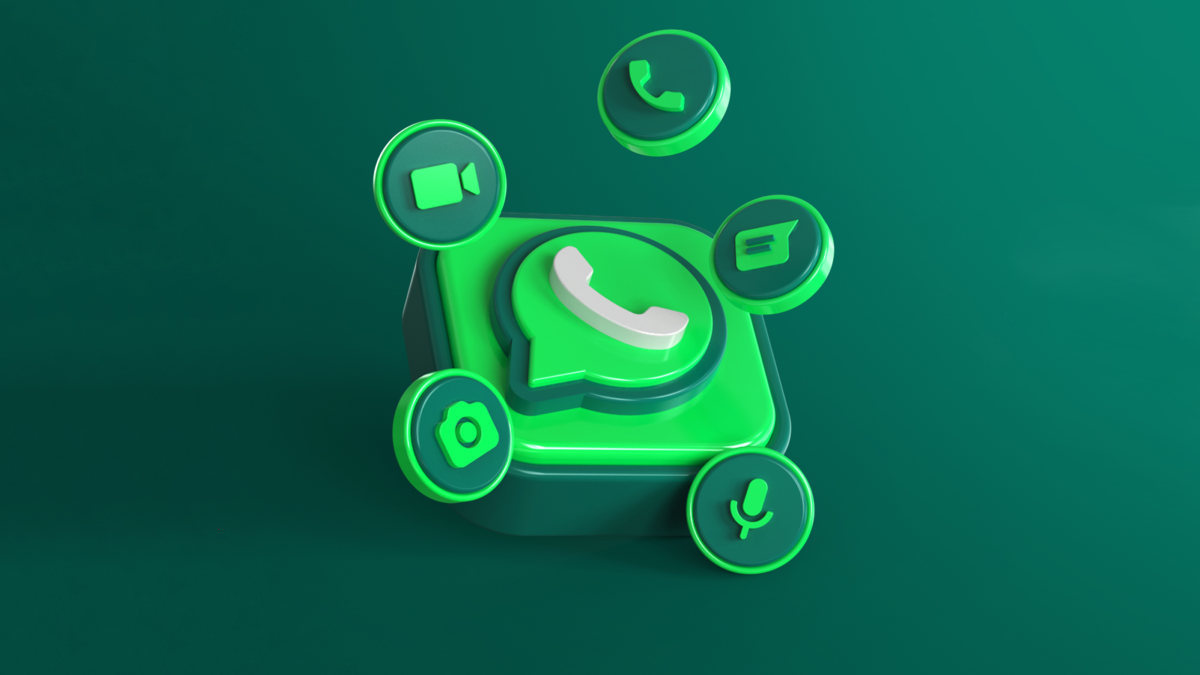
“The Future of Messaging: WhatsApp’s Two-Year Journey Towards Interconnected Apps”
by Devika Chandrakar
WhatsApp is making a groundbreaking move that will transform the way its 2 billion users communicate. The messaging platform is set to connect with other messaging apps, allowing users to chat seamlessly across platforms without the need to download multiple apps. In an interview with Wired, Dick Brouwer, an engineering director at WhatsApp, provided insights into the platform’s plans for interoperability with other messaging apps.
While there’s no official launch timeline at the moment, WhatsApp did say it’d reveal more about its plans next month. For now, here’s everything the platform has in store for the future of messaging.
1. Two Years in the Making:
According to Brouwer, the groundwork for interoperability has been in progress for approximately two years. This shift comes as WhatsApp’s parent company, Meta, is designated as a ‘gatekeeper’ under the EU’s Digital Markets Act, which requires it to open up its messaging services within six months.
2. Initial Focus on One-on-One Messaging:
Initially, interoperability will focus on one-on-one messaging, excluding group chats or calls. Users will need to opt in to activate this feature, and messages from other apps will be segregated into a ‘third-party chats’ section to maintain WhatsApp’s privacy standards.
3. Technical Complexity and Security Concerns:
Enabling cross-platform messaging poses technical challenges, especially for encrypted apps like WhatsApp. Various platforms employ different protocols and adhere to diverse privacy standards. Brouwer acknowledges the “real tension” between opening up access and maintaining security. Technical details will be published in March for third parties to integrate with WhatsApp, with an agreement and adherence to terms being prerequisites.
4. Signal Encryption Protocol Preference:
WhatsApp favours the use of the Signal encryption protocol by third parties. This protocol, also used by apps like Google Messages and Skype, will require encryption via Signal and packaging content into XML message formats for sending messages. To receive messages, apps must connect to WhatsApp’s servers.
5. Collaboration and Documentation:
WhatsApp has collaborated with other companies and will document its protocols for third-party clients to integrate directly. Options for proxies between apps and WhatsApp’s server will be available for developers seeking more flexibility.
6. Unrevealed Platforms and Time Frame:
WhatsApp has not disclosed which platforms might integrate. Major messaging apps like Telegram, Signal, Snap, and Google have not commented on interoperability plans. The technical complexities may result in a time lag for third-party integrations after WhatsApp’s March guidance.
7. EU Mandate and Global Availability Uncertainty:
Under EU rules, interoperability must launch within six months, but it’s unclear if it will initially be limited to Europe. WhatsApp did not specify if the feature would have global availability. Once enabled, a “third-party chats” section will appear for users, as observed in WhatsApp beta versions.
8. iMessage’s Potential Opening:
Apple’s iMessage might also have to offer interoperability under the EU’s Digital Markets Act. However, Apple has not disclosed its plans. In the US, scrutiny surrounds keeping iMessage as a closed platform, and opening it up could facilitate communication between iOS and Android users.
9. Significance and Potential Challenges: WhatsApp’s planned changes are substantial, eliminating the need for users to juggle multiple apps for communication. However, the success of this hinges on third parties integrating, a process that may take time due to technical intricacies. Addressing any privacy risks stemming from potential security compromises is imperative.




Leave a Reply